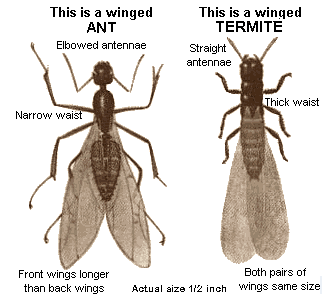How Are Different Types Of Timber Tested For Termite Resistance?
How Are Different Types Of Timber Tested For Termite Resistance?
If there is one thing that people know about termites, it’s that they love to chow down on timber-framed homes. Surprisingly, of the more than three thousand termite species on record today, only a minority are considered pests. Some regions of the world are more saturated with termite pests than others. For example, termite infestations are exceptionally rare in Canada due to the colder temperatures, and only a few different species are considered pests in America. However, the country of India is home to at least sixty four different types of termite species that attack wood, and sixteen of these species are considered major pests. Experts often divide wood-destroying termites into two different groups; one of these groups is known as subterranean termites, and the other group is known as wood-dwelling termites. The majority of property damage is caused by subterranean termites. Luckily for those of you who dream of living in a termite-proof timber-framed home, not all types of wood are targeted by termites. So how do researchers determine which types of woods are targeted by which types of termites? Researchers are able to answer these questions by resorting to a method called the “graveyard test”.
Most types of wood are susceptible to termite attack, but the degree of susceptibility varies. When testing different types of wood for termite resistance, researchers make use of a straightforward method that involves adding various types of wood to termite infested areas in order to see which types of wood are most preferred by termites. This method is referred to as the graveyard test because it involves placing wooden stakes vertically into the ground like tombstones. Researchers then sit back and wait to see which species of wood sustain the greatest degree of termite damage. Based on the findings, different types of wood are categorized as “susceptible”, “moderately resistant”, and “highly resistant”. These termite resistance ratings are available for most types of timber in most countries for consumer convenience. Even resistant timbers are still susceptible to termite attacks in the sapwood layer of trees. Teak and ironwood are considered two types of timber that are unique for being highly resistant to termite damages.
Would you be willing to pay extra money for a house built with a termite-resistant type of timber?






